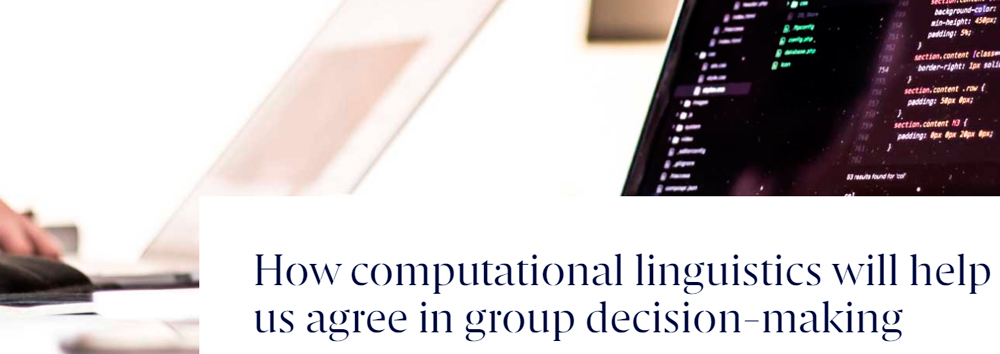Understanding what someone means by “not too bad” or “pretty good” may seem like a trivial problem. However, in the context of computational linguistic research, such human language expressions are defined as double hierarchy hesitant fuzzy linguistic term sets. Seems pretty complicated, doesn’t it?
Computational linguistics is an interdisciplinary field concerned with the modelling of natural language from a computational perspective to improve human-machine interaction.
The applications for this field of research are broad, but Esade Professor Núria Agell and the Research Group on Judgements and Decisions in the Marketplace are interested in developing tools to mathematically describe the complexity of linguistic expressions decision-makers use. The group wants to apply these linguistic tools in group decision-making to define concepts such as “group consensus.”
In her paper, Free double hierarchy hesitant fuzzy linguistic term sets, Agell presents a case study based on tourism management in Barcelona to illustrate the method’s usefulness.
About ESADE
Founded in 1958, ESADE ranks among the top ten business schools in Europe in the most important International MBA, Executive Education and university programme rankings. ESADE has agreements and works with over 100 universities and business schools worldwide. The school offers doctoral programmes in management studies and conducts cutting-edge research in the fields of Data Science & Market Decisions, Economics & Finance, Entrepreneurship, Globalisation & Geopolitics, Governance, Innovation & Operations, Strategy, Leadership & People Management and Social Innovation.



